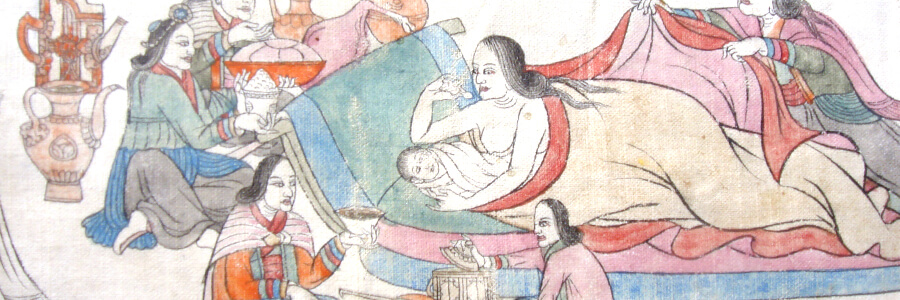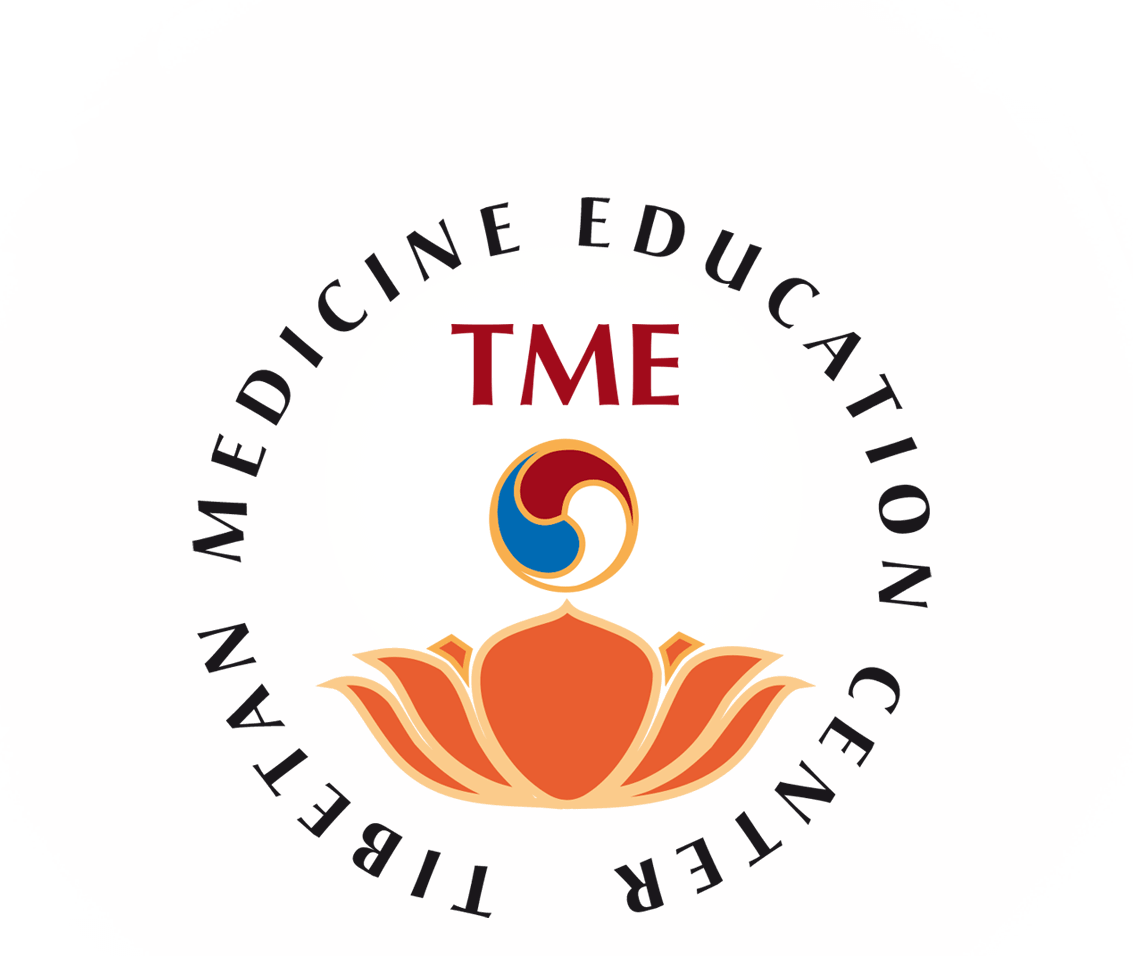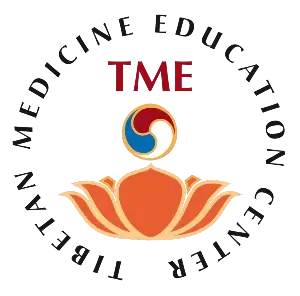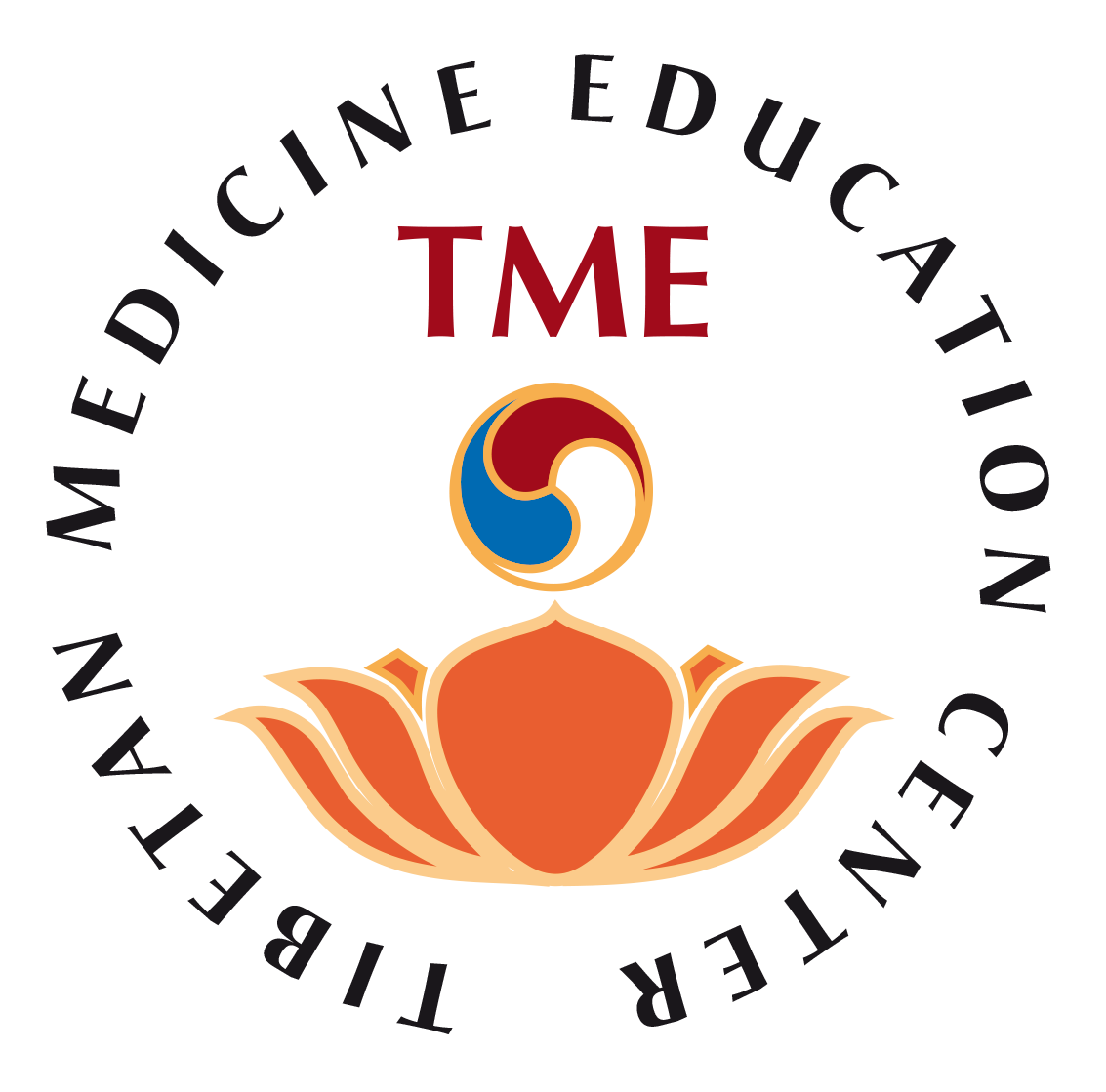Gynecology and Embryology
Tibetan Gynecology

Gynecology is a special part of Tibetan Medicine. It also contains a large area of pediatrics and maternity subjects. Tibetan Medicine holds this topic to be very important because Tibetan women are reluctant to speak about these problems, especially in the villages and in remote areas. This is due to social taboos and to their highly developed sense of privacy. It is therefore very probable that an important number of women died in the past, leaving the unsolved mystery of their death to their physicians and families. Because of this curtain of silence and darkness, Tibetan physicians developed techniques, in which they gained great experience, for the diagnosis of hidden disorders so that they could be revealed and treated. This is why their findings were so precise even before scientific diagnostics were developed.
The general cause of gynecological problems
The general cause is related to bad blood circulation in the uterus and to organs that produce irregular menstruation, infertility, hormonal (motsee) imbalance, psychology and improper sexual relationship etc.
Types of gynecological disorders
General gynecology is divided into three groups according to the nature of a woman’s life phase and her common constitutional complaints:
a) Tragtsab – premenopause
b) rLungtsab – menopause
c) Common complaints and organic disorders.
There are 42 disorders.
a) Tragtsab gynecology
This group of disorders is caused by high heat in the blood (blood is the house of heat), active hormone function and irregular menstruation. These problems manifest mainly in adult women after puberty and below fifty years of age. During this phase of her life, her health depends on the quality and heat of her blood constitution. General symptoms are: increasing body temperature, headache, irregular menstruation, lower abdominal ache, high blood pressure and increase pimples on the face and suffering from fibroids and cysts etc. In short, the symptoms generally originate from blood and bile humor associated with the below mentioned organs.
There are ten principal tragtsab disorders:
- Heart
- Lungs
- Liver
- Spleen
- Kidney
- Gall bladder
- Small Intestine
- O-tsab
- Numei
- Tragtsab Gorba
b) rLungtsab gynecology
These complaints are caused by losing body energy and slow or hypo hormonal function (motsee). As a result, the process increases wind and heat in the bones (Tibetan medicine considers bones to be the house of the wind). These disorders manifest mainly before and after menopause. During this stage, a woman’s health depends mainly on the wind humor and heat constitution of body.
There are six principal rLungtsab disorders:
- Head (producing psychological problems)
- Bone (osteoporosis)
- Heart (creating emotional problems as panic and phobia)
- Kidney
- Stomach
- Small Intestine
c) Common gynecological complaints and physical disorders
Common complaints are grouped in dysmenorrhoea, pregnancy, post delivery disorders, cyst, various tumors and disorders related to sexual restrictions etc.
Treatment
Treatments for humor and organic diseases are described in detail in the relevant chapters of the Gyud-shi. There are many methods and effective treatments for all gynecological disorders, especially for complaints related to menopause, such as diet, appropriate behavior, medicine and different other therapies. Natural herbs and minerals, external and internal therapies, yoga and meditation are also used. Tibetan physicians also provide psycho-spiritual advice and counseling on beneficial change in behavior, life style and spiritual health.
…………
Women are praised in Buddhist tantras, which furthermore teach that they should be treated with respect and not discriminated against. From a tantric perspective, women are sources of power, wisdom, and the creators of entire worlds. You’ll find more on the religious, cultural, and philosophical views on the female body in South Asia and Tibet, and the aspects of women’s psychology and physiology, especially the menstrual cycle and hormones in Dr Pasang Arya’s book: New Light on Tibetan Medicine, vol 1: Foundations



